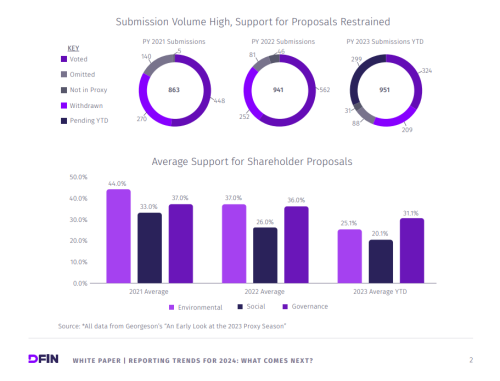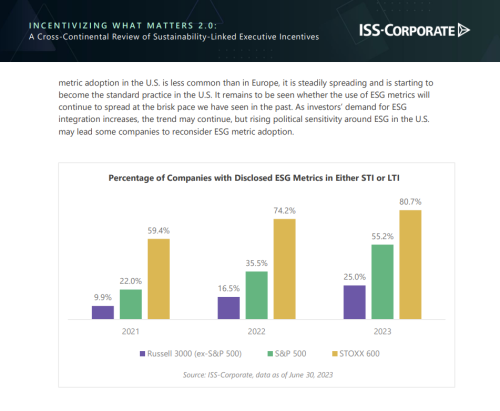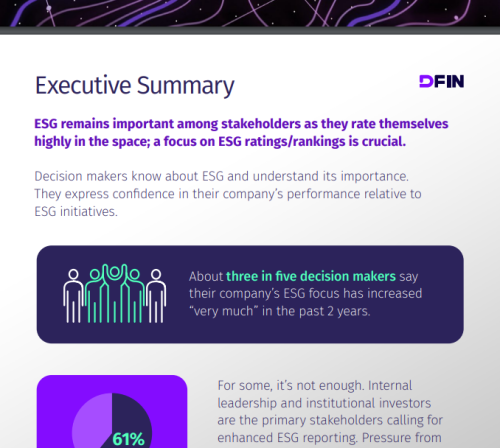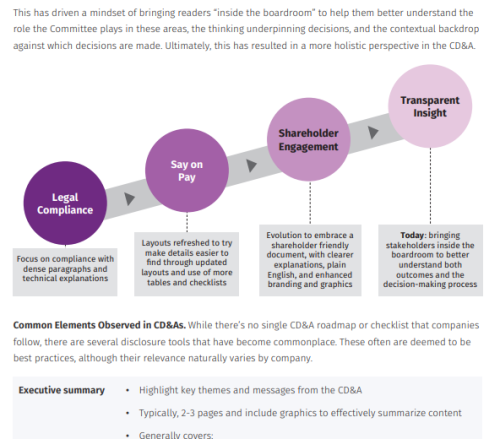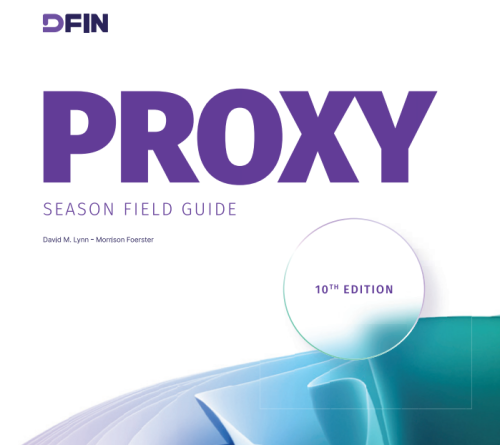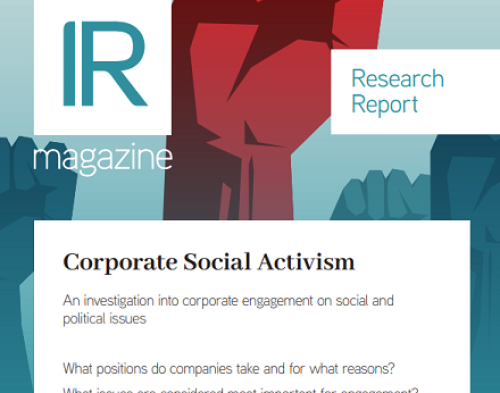Takeaways from the season also include proxy access push, high submissions and activism
A new report by EY suggests there are four takeaways from the 2015 proxy season: investor engagement on governance is now mainstream, the push for proxy access is stronger than ever, activist hedge funds are still active, and shareholder submissions remain high despite increased engagement with companies.
The 2015 proxy season was particularly notable for the investor drive for proxy access, with about 100 high-profile companies facing proxy access proposals this year, EY says. About 60 percent of the proxy access proposals that went to vote had majority support, and the others averaged 42 percent.
‘Based on what EY’s Center for Board Matters is hearing, some directors believe widespread adoption of proxy access across the US market is just a matter of time,’ EY writes. ‘These directors say proxy access is likely to follow in the path of de-staggered boards and majority voting for director elections, which have become standard practice among large companies as a result of investors pushing for these changes, company by company.’
The second takeaway from the 2015 proxy season, according to EY’s conversations with large companies and shareholders, its governance data and other research, is that company-investor engagement on governance topics is now a mainstream practice, with engagement seen at more than half of the S&P 500 companies, compared with just 6 percent five years ago.
The third matter is that hedge fund activists are alive and well in 2015, EY says, with 71 activist campaigns under way as of the end of the first half, compared with 250 for all of 2014. Some companies are developing early-warning triggers, such as keeping a lookout for unusual trading patterns and monitoring earnings calls for signs of activism to detect incipient campaigns, EY says. They are also engaging with institutional shareholders to understand their governance aims and assessing their own vulnerabilities to hedge fund activism.
The final takeaway is that shareholder proposal submissions remain high even as companies are engaging with investors more on areas of interest, with EY tracking 900 shareholder proposals as at the end of the first half of 2015, compared with 850 a year earlier.
Submissions are high ‘because institutional shareholders that submit proposals view them as an invitation to a discussion and a practical way to trigger substantive engagement,’ EY writes.


